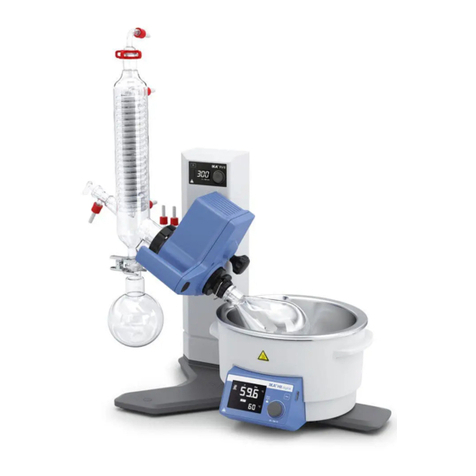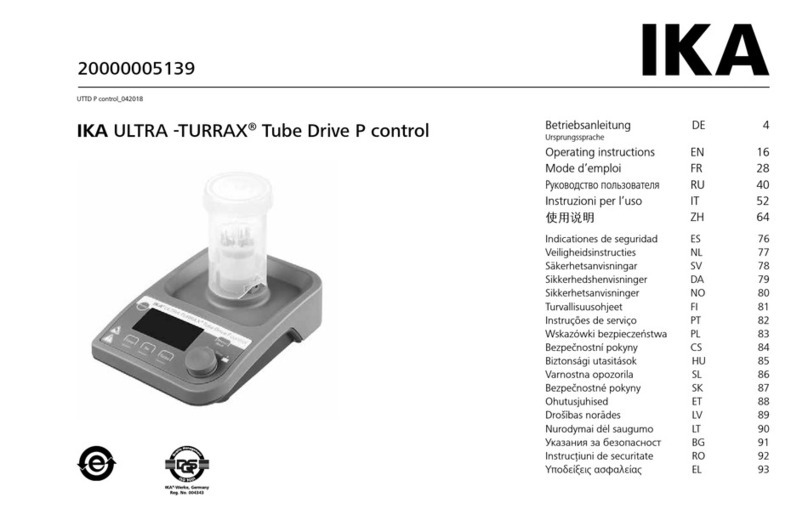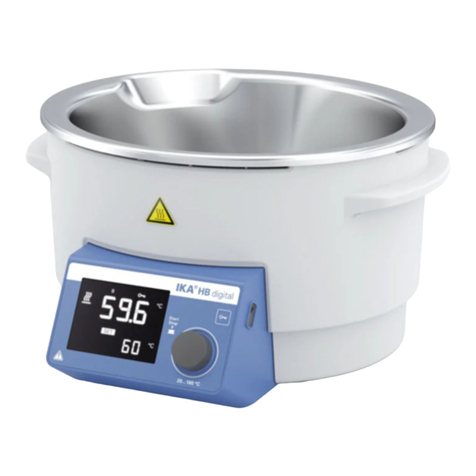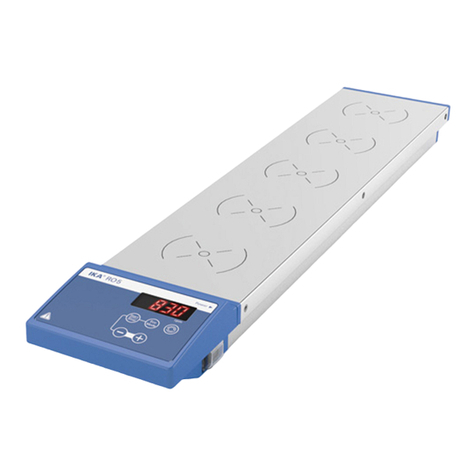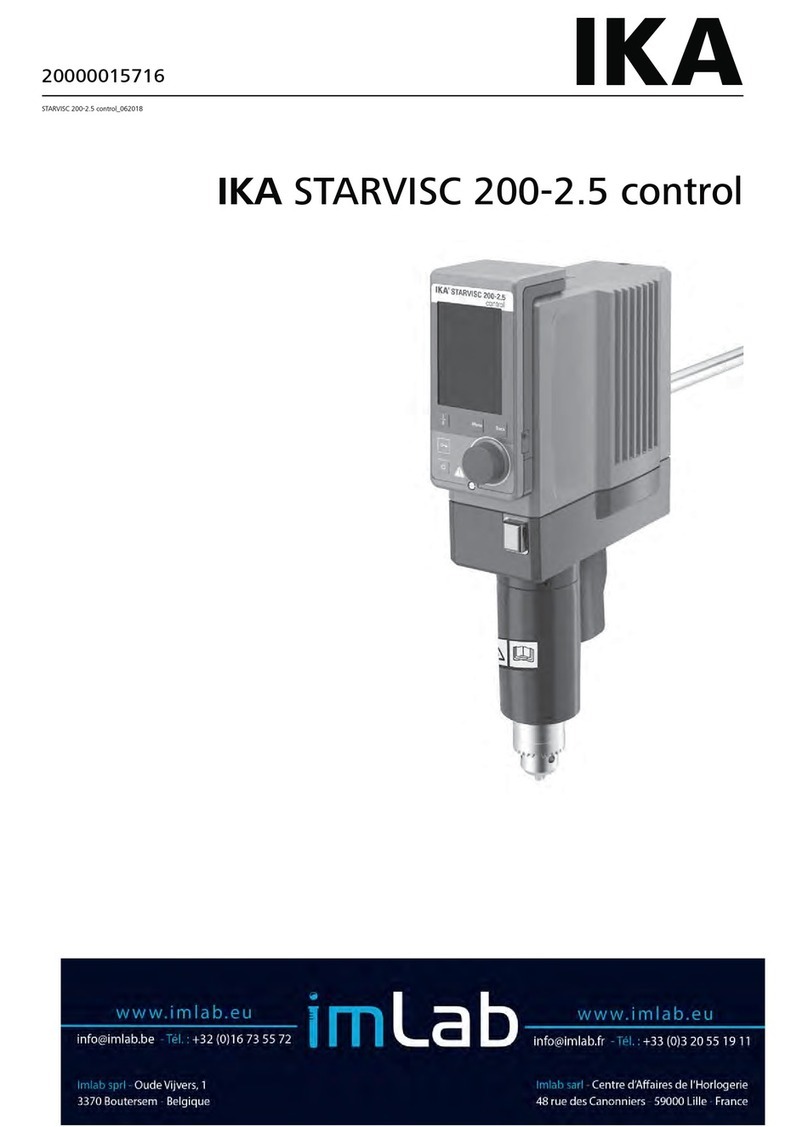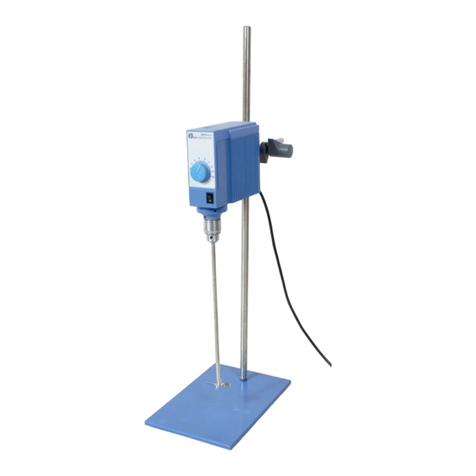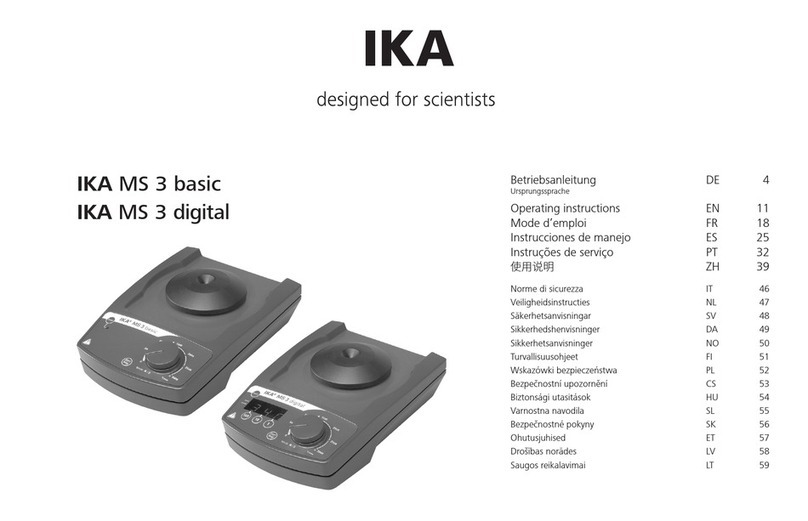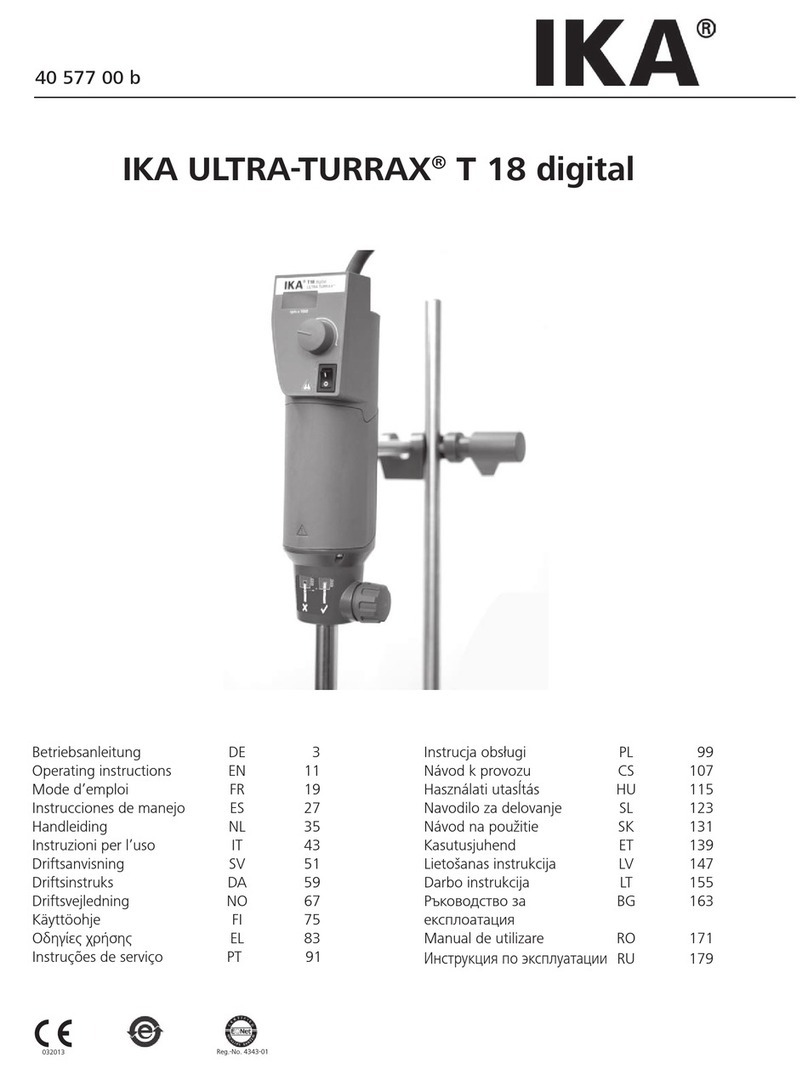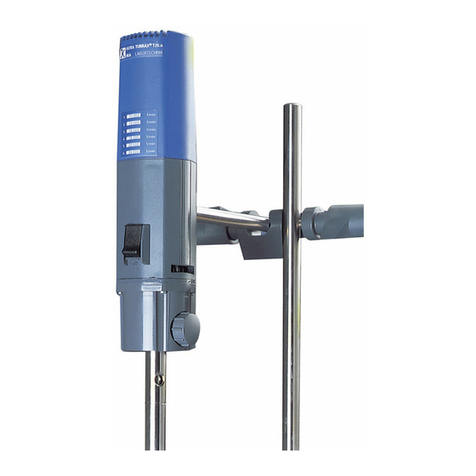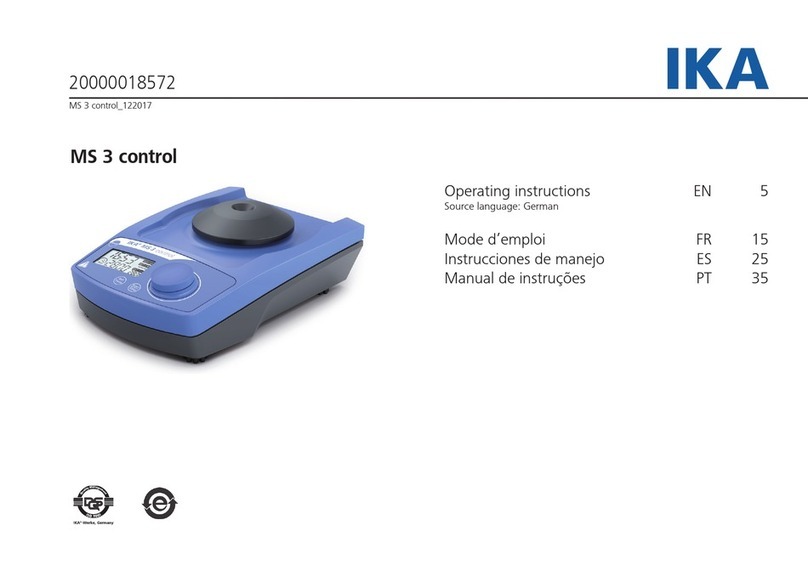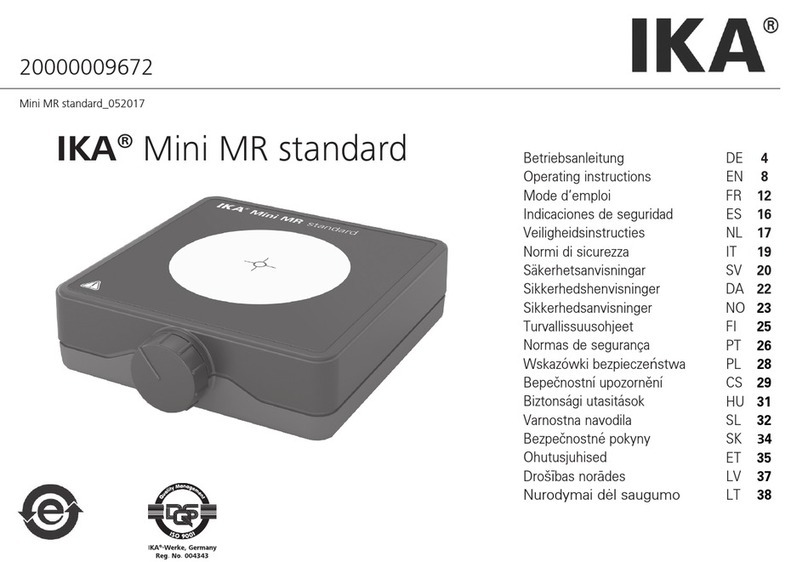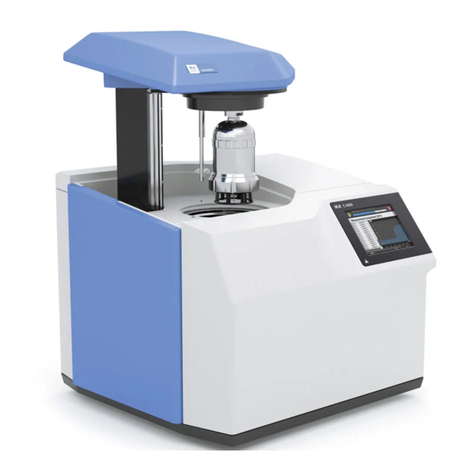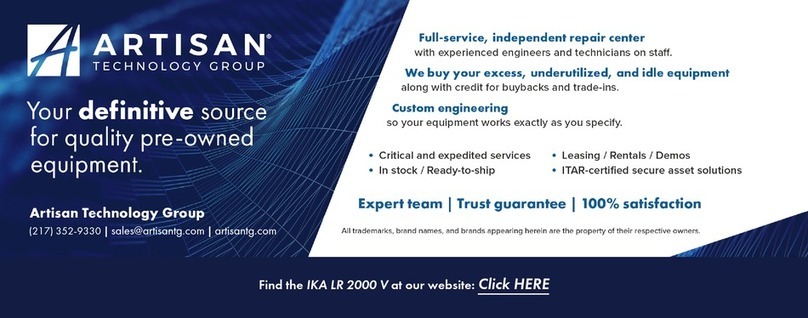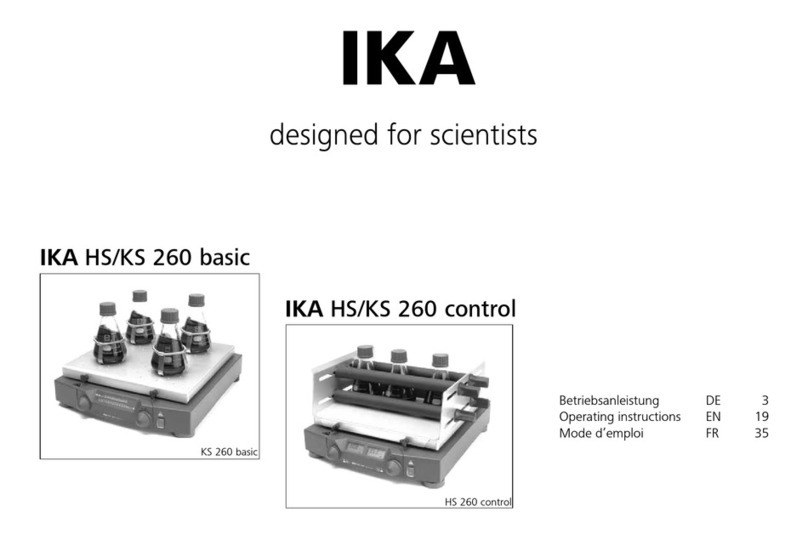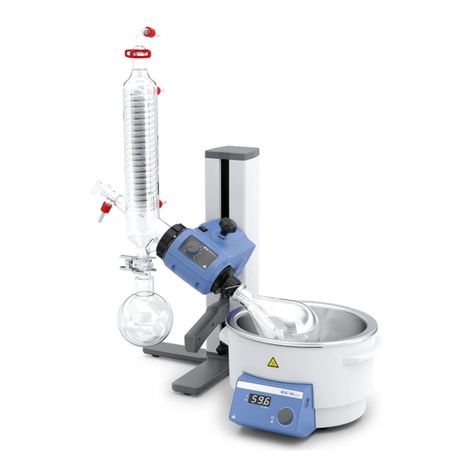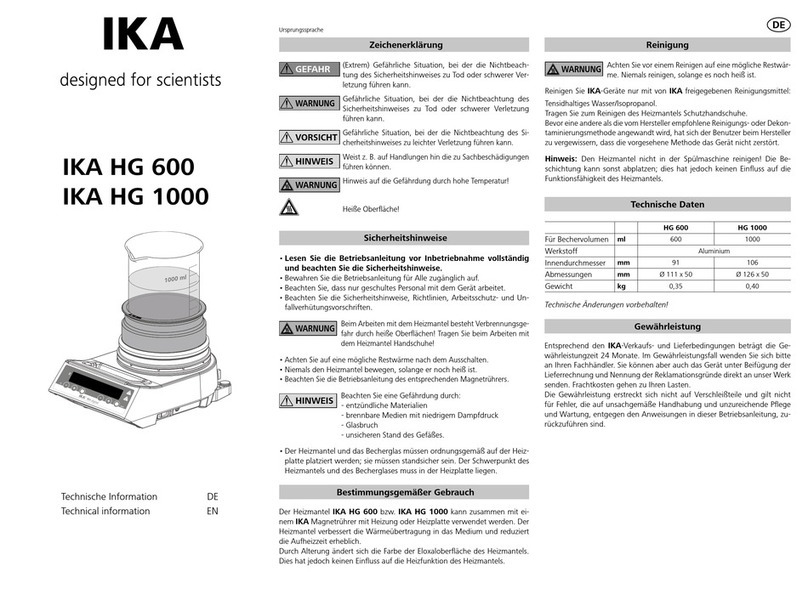
5
!
EU Declaration of conformity ������������������������������������������������������������������������������������������������6
Explication of warning symbols ��������������������������������������������������������������������������������������������6
/// Warning symbols
���������������������������������������������������������������������������������������������������������
6
/// General Symbols
����������������������������������������������������������������������������������������������������������
6
Safety instructions ����������������������������������������������������������������������������������������������������������������7
/// General information
����������������������������������������������������������������������������������������������������
7
/// Device setup
���������������������������������������������������������������������������������������������������������������
7
/// Working with the device
���������������������������������������������������������������������������������������������
7
/// Accessories
������������������������������������������������������������������������������������������������������������������
7
/// Power supply / Switching off the device
����������������������������������������������������������������������
8
/// Maintenance
���������������������������������������������������������������������������������������������������������������
8
/// Disposal instructions
����������������������������������������������������������������������������������������������������
8
Intended use ������������������������������������������������������������������������������������������������������������������������8
/// Use
������������������������������������������������������������������������������������������������������������������������������
8
/// Area of use
������������������������������������������������������������������������������������������������������������������
8
Unpacking ���������������������������������������������������������������������������������������������������������������������������9
Assembly ����������������������������������������������������������������������������������������������������������������������������11
Operator panel and display ������������������������������������������������������������������������������������������������15
/// Explanation of the control elements
��������������������������������������������������������������������������
15
/// Explanation of symbols on the working screen
����������������������������������������������������������
16
Operation ���������������������������������������������������������������������������������������������������������������������������17
/// Switching on and leveling
�����������������������������������������������������������������������������������������
17
/// Device self checking
��������������������������������������������������������������������������������������������������
18
/// Place the beaker and tempering bath in proper position
�������������������������������������������
19
/// Select spindle
������������������������������������������������������������������������������������������������������������
19
/// Assemble the selected spindle
�����������������������������������������������������������������������������������
20
/// Set the test speed (0 ��� 200 rpm)
������������������������������������������������������������������������������
22
/// Start the test
�������������������������������������������������������������������������������������������������������������
22
Menu navigation and structure ������������������������������������������������������������������������������������������23
/// Menu navigation
�������������������������������������������������������������������������������������������������������
23
/// Menu structure
����������������������������������������������������������������������������������������������������������
24
/// Menu details
�������������������������������������������������������������������������������������������������������������
25
Spindle information ������������������������������������������������������������������������������������������������������������30
Interfaces and outputs �������������������������������������������������������������������������������������������������������31
/// USB interface
�������������������������������������������������������������������������������������������������������������
31
/// USB device drivers
�����������������������������������������������������������������������������������������������������
31
/// RS 232 interface
��������������������������������������������������������������������������������������������������������
31
/// Command syntax and format
������������������������������������������������������������������������������������
31
///
Connection between the device and external devices�������������������������������������������������32
Error codes ������������������������������������������������������������������������������������������������������������������������33
Maintenance and cleaning �������������������������������������������������������������������������������������������������33
/// Cleaning
��������������������������������������������������������������������������������������������������������������������
33
/// Spare parts order
�������������������������������������������������������������������������������������������������������
33
/// Repair
������������������������������������������������������������������������������������������������������������������������
34
Accessories ������������������������������������������������������������������������������������������������������������������������34
Technical data ��������������������������������������������������������������������������������������������������������������������35
Warranty ���������������������������������������������������������������������������������������������������������������������������36
Appendix A “Range coecient“ �����������������������������������������������������������������������������������������37
Appendix B “ASTM Specifications“ ��������������������������������������������������������������������������������������39
!
!
!
!
!

